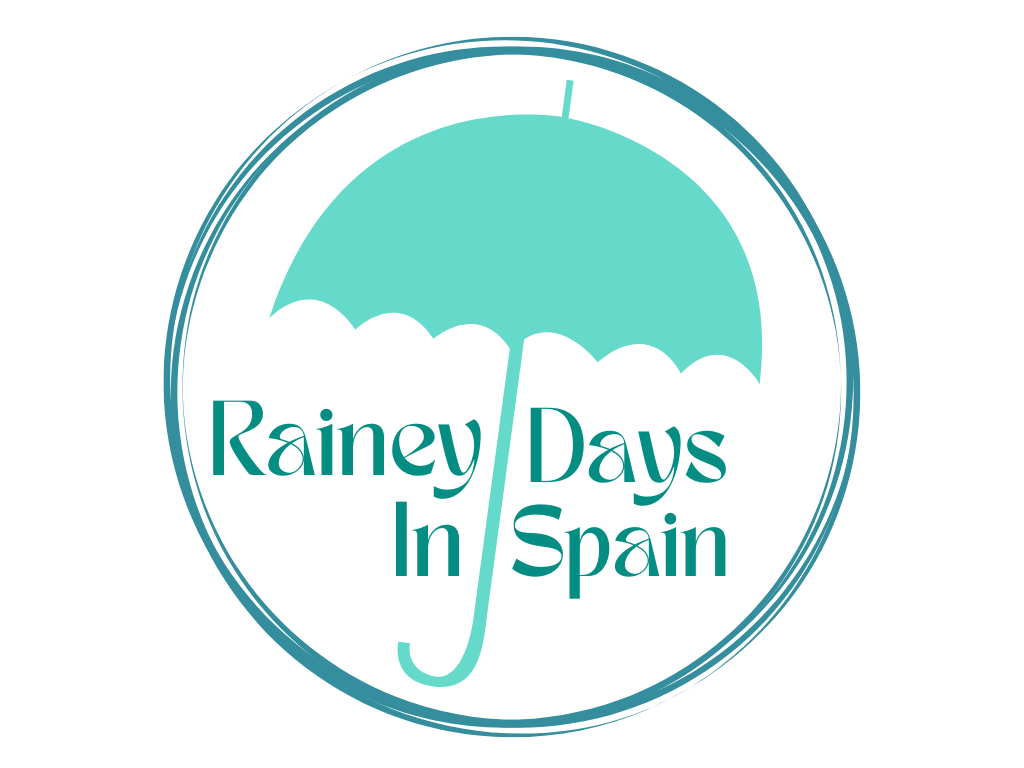The Aqueducts in Spain
Spain has such a rich heritage. In my constant pursuit of understanding the culture here, I want to share some of the fascinating parts of Spain with you! I'm planning to work my way through the alphabet so for the next *few years* I'll have plenty to share.
So here in August, I start with A - the aqueducts of Spain.
Water is so essential to life that God created it on the first day of the World. Ancient cultures settled around water sources; think of Mesopotamia between the Tigris and the Euphrates rivers, for example, or ancient Egypt on the banks of the Nile. Water was key to sustaining life, whether it be for human/animal consumption, irrigation for agriculture, or travel for trade.
As civilization advanced, people began to spread out. In the time period before Christ, the conquering Romans not only brought their military might to bear upon the known world, but they also brought the technology to sustain life beyond the river by constructing aqueducts (Spanish: acueductos) to transport water. Using gravity to propel water and the creative engineering of sluices and sediment tanks, the water was purified and able to be used for sewer systems, public baths and fountains, as well as mills, farms, and gardens. Three hundred years before Christ, Rome was already sustaining over a million inhabitants with their aqueduct systems.
Wherever they conquered, the Romans brought this modern technology, which offered life-giving water to arid, inland places. And they built to last! There are a handful of Roman aqueducts still standing in the world, two of which are located in Spain.
I’m fortunate enough to live about an hour away from Segovia, where one of the world’s best ancient aqueducts exists to this day. For almost 2000 years, it has carried water from the local Frío river into the community of Segovia.
The aqueduct of Segovia is impressive indeed: 165 visible arches, 30 feet high, plus ten miles of underground system, and all of it built from granite without mortar! It’s no wonder that it’s the city symbol of Segovia, and a source of great pride for its people.
As a missionary in Spain, I can think of no greater symbol for the work that we do. Jesus told the Samaritan woman, “No one who drinks the water I give will ever be thirsty again. The water I give is like a flowing fountain that gives eternal life (John 4:14).” My role as His servant, is to carry the Living Water to the people of Spain. It’s not glamorous, perhaps, but as Christ flows through me to others, He brings eternal life, outlasting even the Roman aqueduct system!

